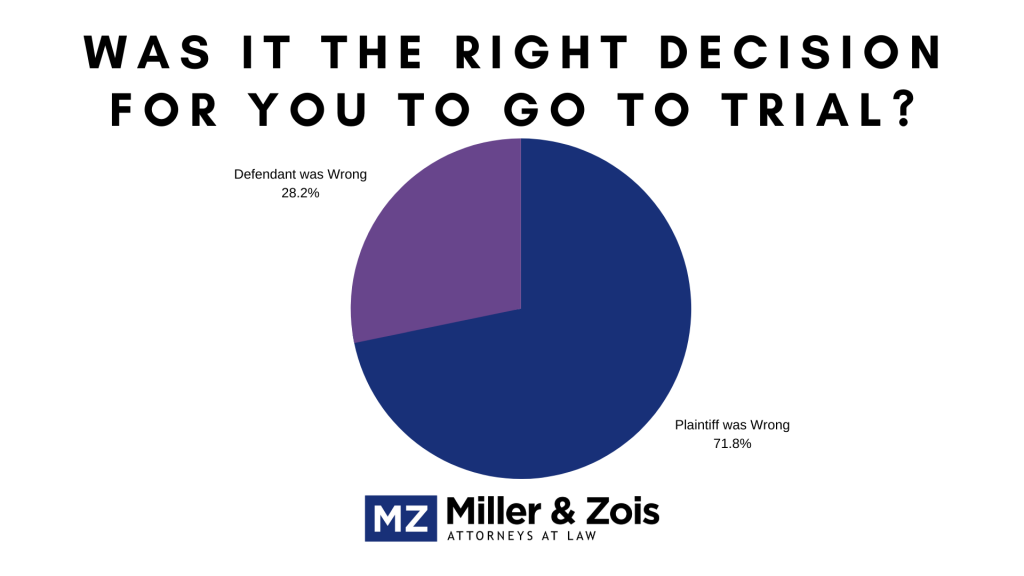There is a battle now in the Maryland state legislature about whether Maryland should increase the minimum jurisdictional amount before a defendant can remove a case from District Court to Circuit Court. Defense lawyers for State Farm and Allstate, the two largest auto insurance providers in Maryland, routinely “bump up” District Court claims to Circuit Court if the amount in controversy is more than $10,000.
So what happens is we have an enormous volume of cases where insurance defense lawyers in Maryland are seeking jury trials in cases that do not belong in Circuit Court. Why? Do they think a jury will give them a more fair trial? Ironically, for the jury-hating insurance companies who continue to argue that juries are out of control, trust in juries is at least one reason insurance companies seek jury trials in Maryland auto accident cases (at least in some Maryland counties where juries are more conservative).
But the primary reason insurance companies seek jury trials in smaller auto accident cases in Maryland is because it tortures Maryland auto accident lawyers. The insurance companies do this, not motivated by spite—well not primarily anyway, but because it is a good global tactic. A significant number of auto accident lawyers in Maryland are reticent to sue. The threat of getting a small case going through the Circuit Court ringer is even more daunting to many Maryland injury lawyers. I’m not saying it should be. But it is for those seeking the path of least resistance.
 Maryland Injury Law Center
Maryland Injury Law Center





